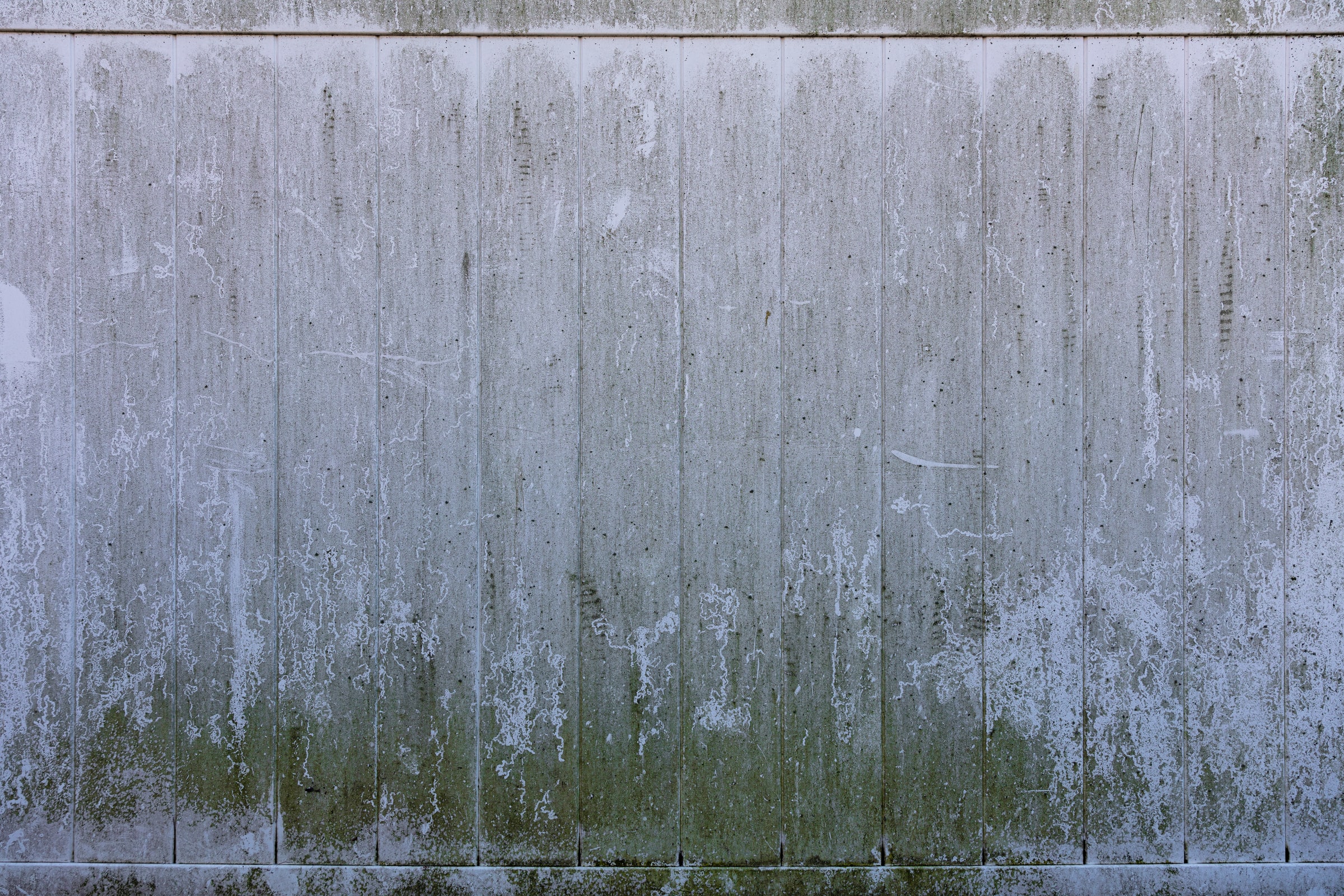Many homeowners think that mold only presents as visible spores on the wall, but there could be signs of a mold problem long before you start seeing spots in your plaster.
Sharing a house with a mold infestation can severely affect your health, especially if you already suffer from respiratory problems.
Luckily, there are plenty of warning signs to help you determine whether your home has mold.
If you identify any of the following signs, you should recruit mold remediation experts from companies like ECS Crime & Trauma Scene Cleanup to help clear out the problem.
With that said, here are seven warning signs that your house has a mold infestation.
Contents
You Notice a Bad Smell
If you notice that your house smells like dirty socks, no matter how much you clean, it could be a sign of mold.
Mold usually smells like mildew, old laundry, or damp soil. Smells that don’t go away after long periods and multiple cleanings indicate a deeper issue.
You Have Rust
You probably already know that water leakage leads to mold growth. If you notice a lot of rust around your home, this is a significant indicator that your structure is waterlogged.
If the water soaks your drywall or carpet, there’s a decent chance you have mold growing.
You Recently Had a Flood
If your walls, furniture, and floor suffer wetness from flooding, your chances of developing a mold infestation grow exponentially.
Even if you got rid of contaminated furniture and carpeting, you should keep an eye (or a nose) out for funny smells after the flood. Flood and mold risk are also why it’s so essential to waterproof your basement.
You Notice Condensation
Like with seeing rust, if you notice condensation on your windows, your home may have excessive water in the air. Left unchecked, this excess moisture can nourish mold and fungi.
If you notice that your home is a bit jungle-like during the day, invest in a dehumidifier to dry it out.
You’re Suddenly Sick
If you feel like you’ve had the same cold for five months, mold could be to blame. Studies have shown a direct link to increased upper respiratory issues, stuffy nose, and other cold- and flu-like symptoms with consistent mold exposure.
So, if you’ve blown through your whole year’s worth of sick days in just a few months, you might want to look for other signs on this list to determine whether you’ve got an infestation.
You Have a Nose Bleed
This entry may seem a little out there, but mold exposure can lead to nosebleeds. The spores irritate the inner lining of your nose, causing bleeding.
If you’re not the type to suffer nosebleeds but you’re suddenly soaking tissues left and right, it might be worth investigating.
You See Mold Spores
Mold comes in all different shapes and sizes. But once you see mold on your walls, ceiling, shower curtain, or windows, it’s a problem no matter how it looks. Unfortunately, visible spores are only the tip of the iceberg.
Simply scrubbing the spores with bleach is not enough to kill the roots. At the point where you have visible spores, you’ll need to contact a professional to remediate your home.
Before You Go
Mold can wreak havoc on not only your home but also your health. If you notice any of these seven warning signs, there’s a good chance that your home has a mold problem. These fungi are not fun guys, so you’ll want to take care of any infestation posthaste.
The Daily Buzz combines the pursuit of interesting and intriguing facts with the innate human desire to rank and list things. From stereotypical cat pictures to crazy facts about the universe, every thing is designed to help you kill time in the most efficient manner, all while giving you something to either laugh at or think about!
